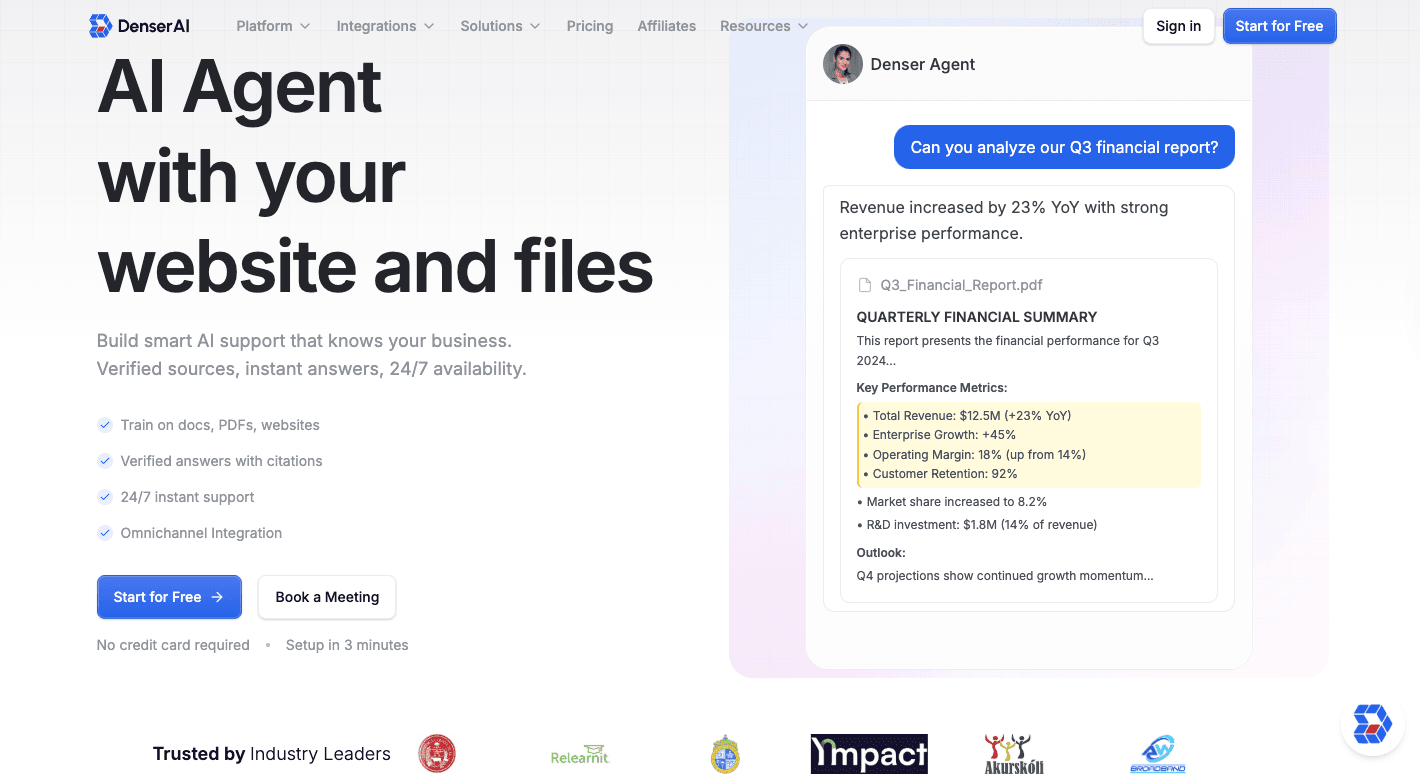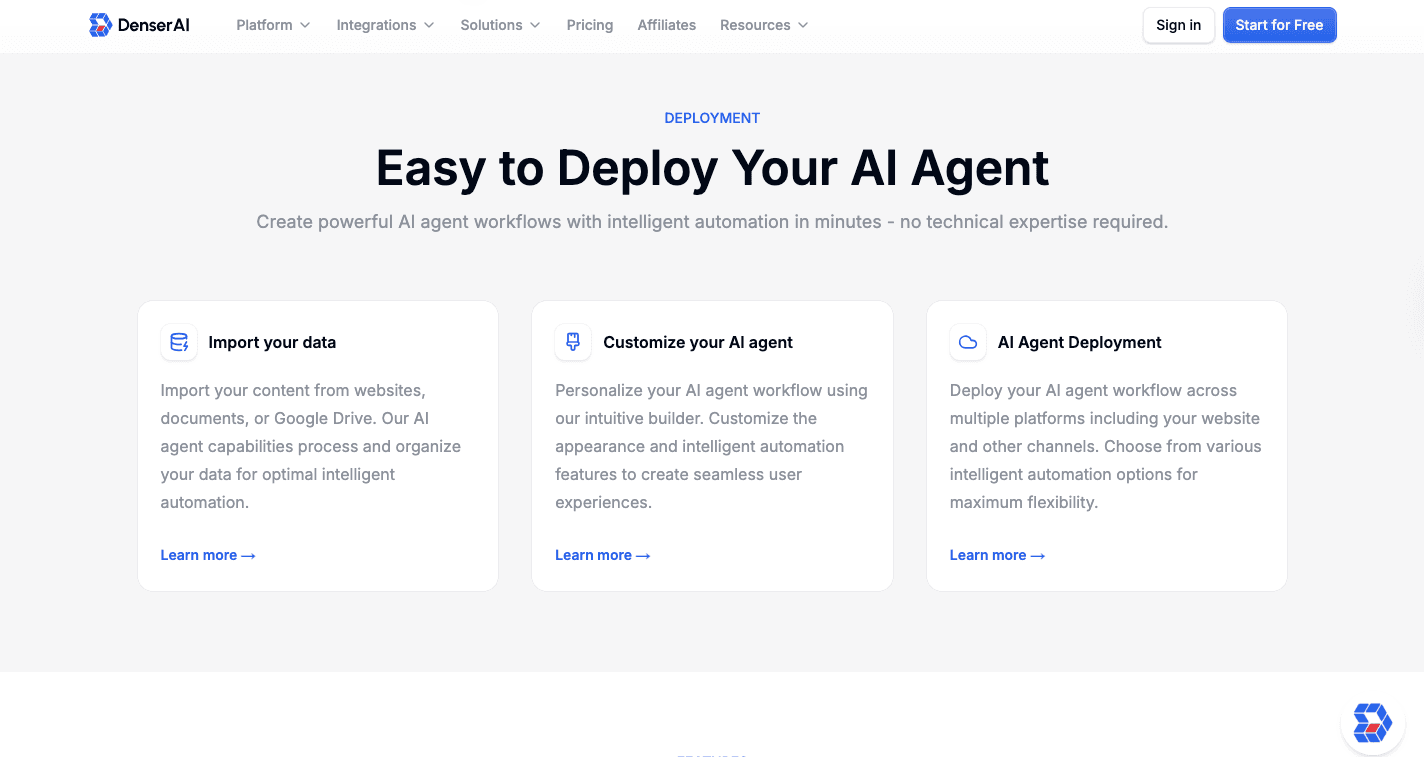How to Improve Efficiency in a Business: 8 Key Strategies

Work feels heavier when everything takes longer than it should. Projects stall, updates get lost in chats, and people sit in meetings that solve nothing.
Hours disappear into routine tasks, and confusion spreads as teams move in different directions. That’s not a motivation problem. It’s an efficiency problem.
You don’t need to push harder to see progress. You need to work smarter. This guide will show you how to improve efficiency in a business by simplifying processes, cutting wasted effort, and using the right software to help your team get more done every day.
What Does Business Efficiency Really Mean?#
Every company wants to do more with less. Business efficiency means using time, money, and people wisely so your effort turns into progress.
As your systems work well, you start finishing tasks that matter. Process efficiency, on the other hand, removes confusion that slows things down. It keeps energy focused on results that move your company forward.
Some people, though, confuse efficiency with effectiveness, but those two serve different purposes. Efficiency is about doing things right. In contrast, effectiveness is about doing the right things.
In daily business operations, efficiency shows up in every area:
- Operational efficiency keeps departments aligned and projects moving.
- Financial efficiency makes sure every expense supports growth.
- Labor efficiency reduces repetitive tasks so you can focus on meaningful work.
Even sustainable practices reduce waste and improve customer satisfaction.
Business Efficiency vs. Productivity#
Busy teams aren’t always efficient teams. Productivity shows how much work gets done, but efficiency indicates how wisely time and effort are used.
Your business can look productive from the outside and still waste hours repeating steps that shouldn’t exist. Efficiency focuses on quality and process, not just output.
For you to understand it better, let’s say there are two customer support teams. The first one rushes to close as many tickets as possible. They hit their numbers but missed key details, so customers called back with the same issues.
Meanwhile, the other team takes a few extra minutes per case to solve problems completely. Fewer calls come in the next day, and customers leave happier. Both teams are productive, but only one runs efficiently.
How to Improve Efficiency in a Business#
Efficiency grows from clear priorities and steady habits. Improving operational efficiency means building systems that save time and reduce effort. The key strategies below show how to do that.
1. Automate Routine Workflows#
According to a Gartner study, 80% of organizations will adopt intelligent automation.
Business automation gives your team time back. It starts with looking closely at how tasks move through your business each day. Some steps repeat more than they should and take up hours that could be spent on better work.
Common examples include data entry, invoice processing, and report creation.
Replacing these steps with automated tools clears up space for more valuable tasks and reduces the chance of human error.
Once you know where time is slipping away, select tools that fit your setup.
Many start with task management software to organize projects, trigger reminders, and share updates automatically. Others take the next step by automating processes through systems that connect data across platforms.
Start with one process before expanding. Track how much time and effort you save, gather feedback, and make adjustments before adding more. Each new step builds confidence and sets a model for future projects.
How Denser Helps You Increase Efficiency in Your Business#

Denser is an AI-powered chatbot that gives a more organized way to manage your work without the hassle that comes with other platforms. It brings together automation, collaboration, and customer support into one space so your every process moves in sync.
Custom AI Agent Workflows#
Every company runs differently, and Denser adjusts to match those patterns. You can set custom chatbot workflows that fit your brand voice, assign escalation paths, and define how conversations unfold.
Each interaction feels natural, not scripted, which keeps communication smooth and on-brand.
24/7 AI Agent Support#
Denser keeps your business active around the clock. The AI agent answers questions, manages requests, and routes important issues to the right person.
Your customers get help when they need it, and your support team spends less time finishing small tasks.
AI Agent PDF Analysis#
The PDF analysis tool changes how you handle information. Upload contracts, reports, or manuals and ask direct questions about the content.
Denser scans the file, finds the answer, and shows you exactly where it came from. Hours of searching drop to minutes, freeing your time for analysis and decisions.
AI Agent Integrations#
Denser connects with Slack, Shopify, WordPress, and Zapier to keep information flowing. It can trigger updates, create tickets, or pass data into your CRM automatically.
These connections reduce manual work and tie your systems together so nothing gets lost.
AI Agent Lead Generation#
Denser acts as your proactive assistant for marketing and sales. It greets visitors, asks qualifying questions, and passes warm leads to your team. That simple shift keeps your pipeline healthy and your people focused on closing deals.
Denser creates space for real progress by automating small but repetitive steps across teams. Sign up for a free trial or schedule a demo so you can move closer to optimizing workflows for long-term success!
2. Centralize Information#
Communication often breaks down when multiple systems are involved. A centralized system brings everything together so you work from the same information.
Since you have clean data management, your teams are confident in what they see. Then the shared dashboards and searchable knowledge bases make updates easier to find.
When everyone works from the same page, collaboration becomes second nature and performance moves closer to optimum efficiency.
According to LumApps, Companies that ignore this lose up to 30% of their revenue to poor information sharing. Keeping communication clear and systems connected saves time, reduces waste, and strengthens how your business runs every day.
3. Delegate Tasks Effectively#
According to Gallup International, CEOs who delegate generate 33% more revenue than those who don’t. Delegation improves efficiency because it can create accountability, spread knowledge, and build momentum that lasts beyond a single task.
Effective delegation means assigning responsibility to the people qualified to manage projects at hand.
Some tasks need your attention. Others don’t. Sort through the list, choose what truly needs your input, and match the rest to team members who have the right skills.
Set expectations before work begins. Define results, provide access to resources, and agree on when to check in. There’s even project management software that makes work easier to divide and track.
These systems further assign ownership, show timelines, and keep updates in one place.
In short, leaders who delegate free up their schedule, which improves time management to keep projects balanced and prevent tie-ups.
4. Encourage Open and Concise Communication#

A business works better when people talk to each other clearly. A study by the Harris Poll and Grammarly found that unclear communication wastes about 7.47 hours every week. That’s nearly a full day lost. Yet, open communication saves that time and keeps projects moving.
People want to feel heard. When you listen and act on feedback, morale rises. That attention builds employee happiness and reminds everyone that their opinions matter.
Besides that, an open dialogue makes every employee feel valued and part of something larger. That connection keeps the whole organization steady and focused.
Transparency also improves employee well-being because it removes the stress that comes from confusion. In an open work environment, people feel safe to ask questions, raise issues, and admit mistakes.
Cross-functional collaboration between sales, marketing, and operations helps the entire organization stay aligned too. Work becomes smoother when everyone understands how their effort connects to the outcome.
5. Use Technology to Track Key Performance Metrics#
Numbers tell the truth about progress. Data shows whether work is paying off and where attention is needed. Before measuring anything, decide which results matter most.
Define the key performance indicators (KPIs) that match company goals, such as conversion rates, delivery times, and productivity.
These numbers make it easier to measure success and spot problems early.
Once the metrics are clear, connect the tools that collect them. Shared dashboards and reports let everyone in your team see results in real time. Tracking data also allows you to spot market trends.
Seeing patterns early lets you adjust your strategy with confidence. Research from the MIT Center for Digital Business discovered that companies using data-driven decisions are 4% more productive and 6% more profitable.
When people understand the numbers, progress becomes measurable, and improvement never stops.
6. Cut Unnecessary Meetings#
Every time your employees stop doing productive tasks to attend another meeting, your progress slows. The number of work hours interruptions grows fast when you schedule multiple meetings with no real purpose.
In fact, a study by Asana’s Autonomy Work Index uncovered that employees lose six working weeks every year to duplicated admin work and unnecessary meetings. Cutting both means getting those weeks back for work, which actually matters.
Some companies dedicate one or two days a week to focused work only to protect the team’s time from distractions. These quiet blocks often lead to better decisions because people can think through problems before talking about them.
7. Train Employees on Smarter Business Processes for Continuous Improvement#
Efficiency grows when learning never stops. Long-term success depends on how well your employees adapt and keep finding better ways to work. When you invest in training, your team becomes problem-solvers who see gaps and fix them.
These systems raise operational performance without burning people out:
- Lean management focuses on removing steps that don’t add value.
- Six Sigma uses data to find and fix errors.
- Kaizen builds a habit of constant progress, encouraging small adjustments every day.
To make this work, you should encourage employees to participate in building and refining processes. Employees who understand their roles respond faster to consumer demand. They share ideas confidently and know their suggestions contribute to better service quality.
8. Use Analytics to Spot Inefficiencies#
Numbers reveal patterns that you often miss in daily work. If you review analytics often, you can track progress and react before problems slow things down.
To make analytics effective, decide where you should focus, such as financial reports that reflect financial performance or sales numbers that show growth. That makes your analysis focused and relevant.
Once the data is collected, turn it into insights. Charts and dashboards help teams see how small changes affect the whole operation. Those patterns create actionable insights that guide smart choices.
For instance, if order delays happen in the same department every week, that’s a signal to review how that process works.
Analytics only help if they lead to action. Automating changes based on data reduces repetitive problems and improves long-term stability.
As you rely on data-driven decision-making, you waste less time assuming and more time improving your business performance. Over time, this mindset transforms analytics from a reporting tool into a driver for real, measurable progress.
Why Improving Business Efficiency Should Be Your Top Priority#
A company that runs well feels different. Work moves smoothly, employees know what to focus on, and problems don’t pile up.
Efficiency gives a business stability. It cuts distractions, saves money, and keeps everyone focused on progress. Other benefits include:
- Higher profits: Cutting waste and tightening workflows keeps more money in your business.
- Better resource allocation: Time, tools, and talent go toward the projects that matter most.
- Efficient operations: Your teams react faster to change and stay steady when markets shift.
- Happier teams: Clear systems reduce confusion and stress, which boosts employee morale and raises employee productivity.
- Constant growth: Small process improvements compound over time. That shapes your company to keep learning and adapting.
When you use your energy wisely, everyone gets more done with less effort, and work starts to feel easier again.
Reclaim Time and Multiply Your Business Productivity—Use Denser!#
Time is the one thing every business wishes it had more of. Denser helps you get it back.
It works through retrieval-augmented generation (RAG), an AI system that reads and understands your documents, websites, and files.
Once connected, it creates an intelligent chatbot that can answer questions instantly, generate leads, and assist teams with certain tasks like onboarding or product support. It learns from feedback too, which means its answers get sharper over time.
Beyond customer service, you get fewer repetitive queries to handle. In turn, your teams have more time to create, sell, and plan for future growth. Data-driven insights from Denser’s dashboard also help managers spot trends and improve performance across departments.
For businesses that want to increase productivity and efficiency without complexity, Denser delivers.

Sign up for a free trial or schedule a demo with Denser today to start saving hours every week and see the difference yourself!
FAQs About How to Improve Efficiency in a Business#
How can efficiency be improved?#
Efficiency improves when you learn to do more with less. It starts by reviewing every process: how people work, where time goes, and which steps slow things down.
Better resource utilization helps you assign the right people and tools to the right tasks, while automation removes manual steps that drain time.
Even small businesses can benefit from using project or workflow tools to simplify communication, speed up approval processes, and track progress across teams.
How do businesses gain efficiency?#
Businesses gain efficiency by focusing on structure and clarity. When goals are specific and responsibilities are clear, people stay focused and waste less effort.
Regular reviews of the supply chain, training programs, and human resources systems reveal hidden inefficiencies that often cost time or money. Those insights support smarter decisions about the resources needed for each project.
How to improve work efficiency?#
Work efficiency grows when your employees have fewer distractions and better systems. Hybrid teams in particular thrive when they use shared platforms for collaboration and resource optimization.
Tracking time, automating reports, and adjusting workloads all lead to improving quality and consistency.
How can you boost operational efficiency?#
To boost operational efficiency, you should combine smart tools with a culture that values accountability. Streamlined systems, strong leadership, and a focus on doing work that matters help teams reduce costs and achieve steady, sustainable performance.